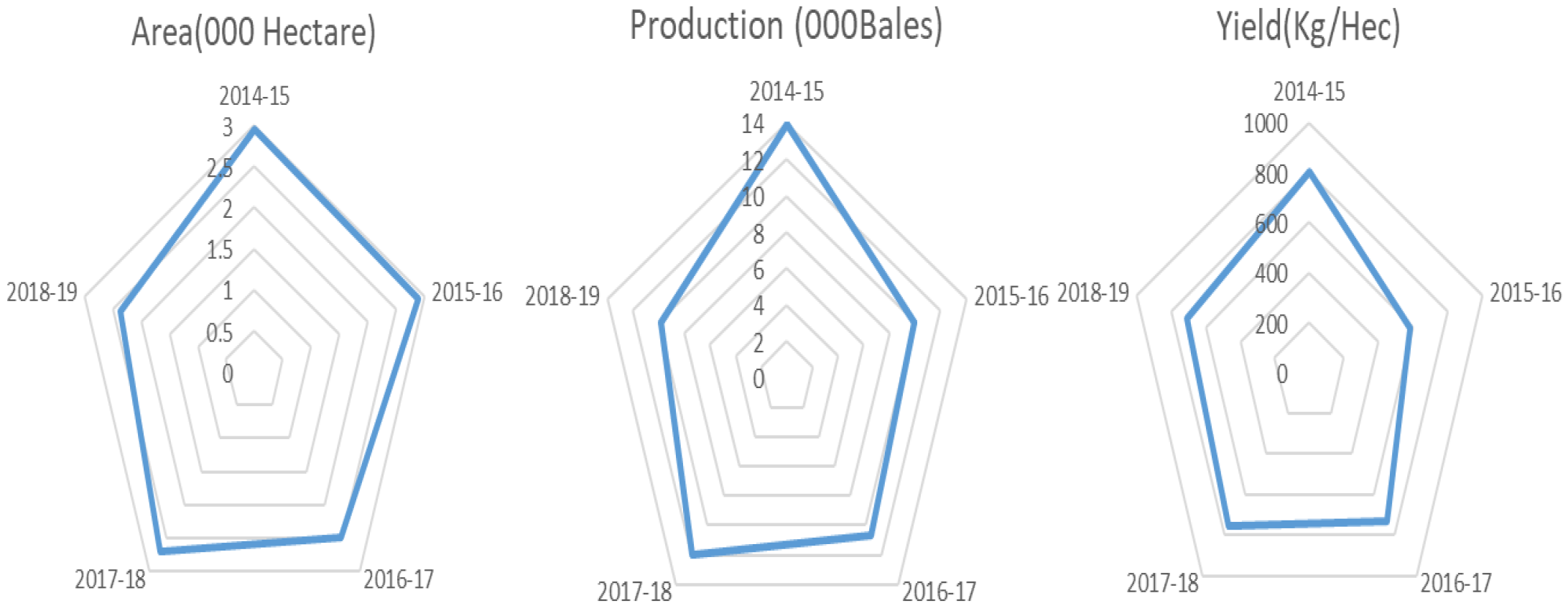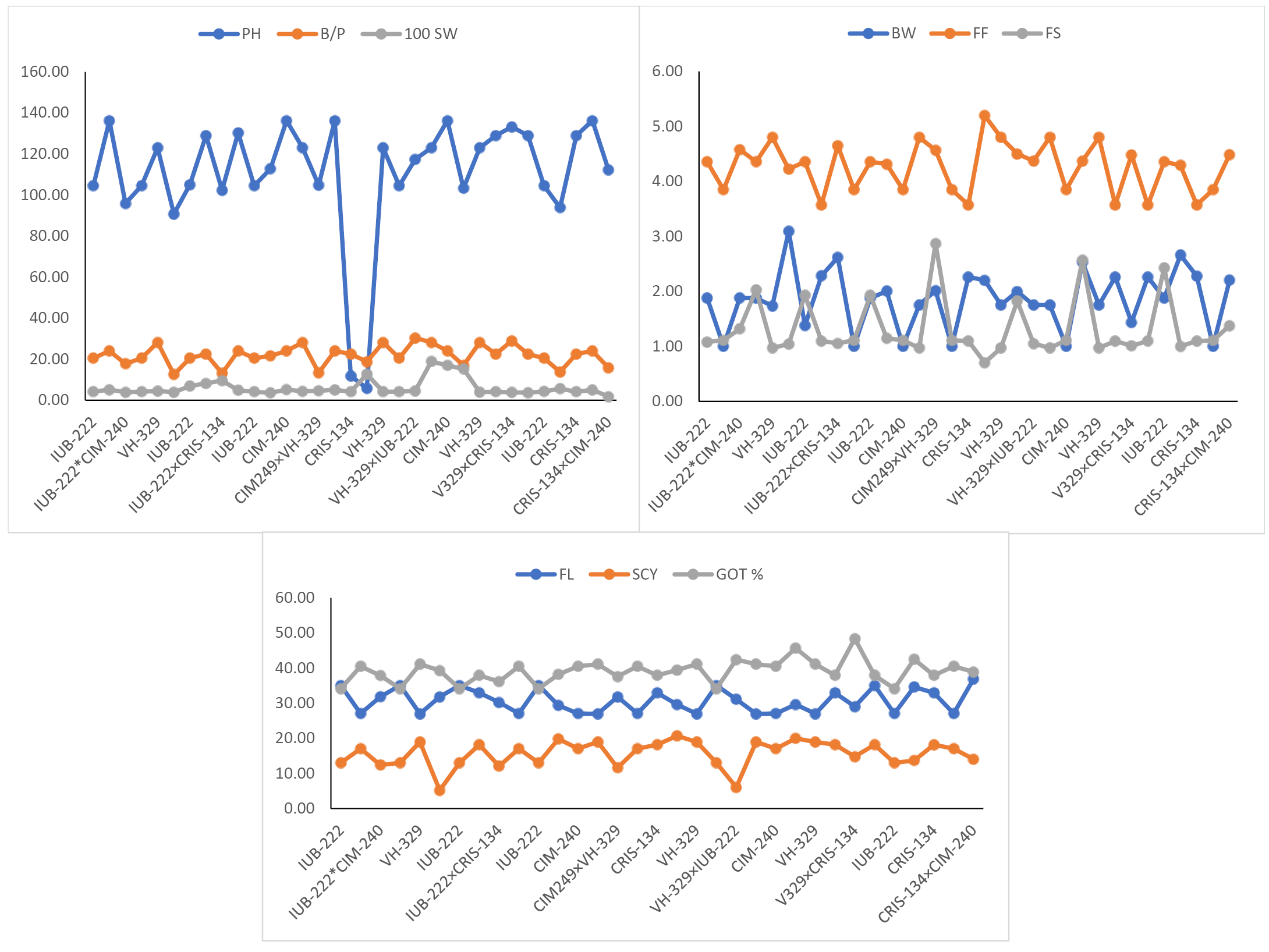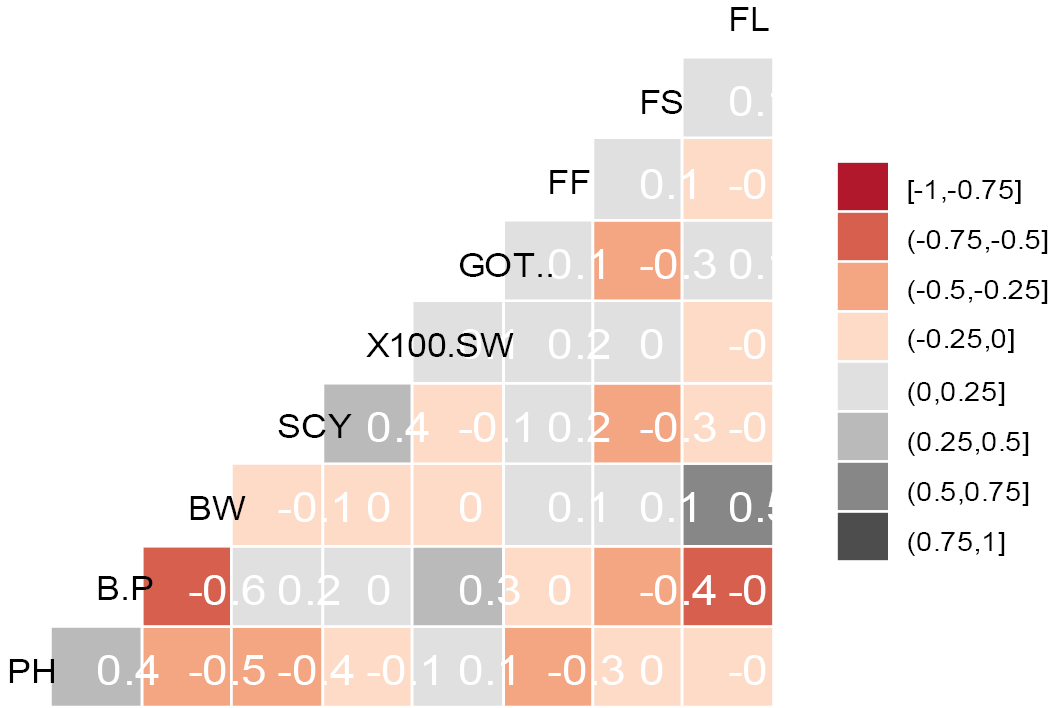Assessment of Yield Contributing Quantitative Traits in Upland Cotton (Gossypium hirsutum)
Assessment of Yield Contributing Quantitative Traits in Upland Cotton (Gossypium hirsutum)
Samaria Nisar1, Tariq Manzoor Khan1, Muhammad Ahsan Iqbal1, Rahmat Ullah2, Muhammad Asim Bhutta3*, Saghir Ahmad3, Amna Bibi3, Hafeez ur Rehman4, Umar Farooq4 and Muhammad Zubair Ishaq5
Area, production, and yield of cotton during the last five years. (Source: Pakistan Economic Survey 2018-19).











